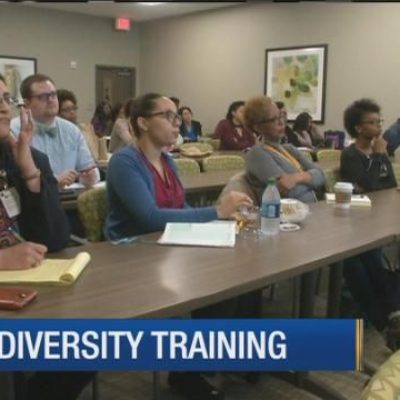Programmed for Success
If you’re an 18-year-old student with no children, two college-educated parents and only one task over the next four years — to get a degree — it might not be that difficult to navigate registration, find time to get to the bookstore, or stay late after class for extra help, all leading to a high likelihood that you’ll graduate.
But if you’re a single parent with a full-time job, or the first person in your family to go to college, and are perhaps attending part-time, it’s a different story.
Community college students across the country struggle to complete their programs — only 25 percent of those who start as full-time students at public two-year institutions graduate, according to the United States Department of Education. Only about one of five finishes in two years. Even given twice as long to complete the coursework, just 36 percent of these students graduate.
But in recent years, technological advances have given administrators a chance to offer help when and where students need it, whether it’s reminding them about due dates, nudging them to complete homework or guiding them toward resources that will help them stay enrolled.
“I think all colleges need this kind of help, but community colleges see a significant number of first-time students, people who may not have family understanding of the kinds of things that are necessary,” said Bret Ingerman, vice president for information technology at Tallahassee Community College in Florida.
Students can now expect to get personalized text messages from their college. Instead of a mass email listing the deadlines for payment, a student might receive a text that says: “Dear Ayana, you’re about to be dropped from your fall classes. Click this link to fix that.”
These kinds of technologies allow administrators to nudge their students toward success in a way that wasn’t possible a decade ago. “There’s something about getting a message with that level of personalization, because now you know it applies to you,” Mr. Ingerman said.
He said members of the administration have received messages from students expressing gratitude for the reminder, or asking for help. That opens the door for someone to intervene.
Using software that was originally designed to track technology “help desk” tickets, Mr. Ingerman and his team also route faculty concerns about students who seem to be at risk of dropping out.
“We can have a faculty member identify a student who’s not doing well, maybe they’re sleeping in class because they don’t have housing,” said Mr. Ingerman. “Whatever the issue may be, we know the right people to help.”
Professors also have access to a fuller picture of their students, with information about how often they open their materials, or how long they spent on an assignment.
Some of the most at-risk students who enter community college are those who aren’t considered “college ready” in certain subjects. They have to take remedial courses that won’t count toward a degree, but cost time and money.
“We know that developmental math tends to be the main barrier to college completion. We also know that minority students are disproportionately placed in developmental math education,” said Kevin Li, dean of arts and sciences at Triton College, a public community college in the greater Chicago area.
In the spring of this year, Triton opened the iLaunch Lab for math students, designed to pivot away from the lecture-based classroom and toward adaptive and individualized learning.
Students sit at clusters of computers, where their progress is assessed in real-time using Aleks from McGraw-Hill, educational software that uses artificial intelligence to continuously analyze the progress of the students and adapt learning to their needs.
“The change is tremendous. At my college, using technology, we’ve already proven how we can get students through remedial content in a much quicker manner,” said Mr. Li.
“But in a larger picture, when we talk about competency-based education, we will be able to leverage technology to take on the assessment portion of learning,” he said. “I think that is potentially the crux of how we can really achieve competency-based education to benefit the diverse student populations.”



